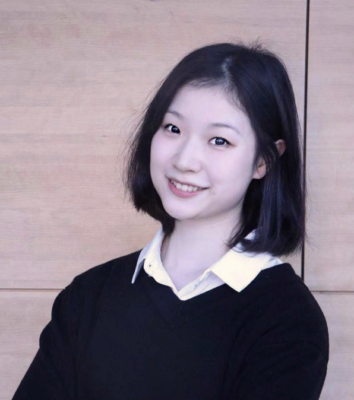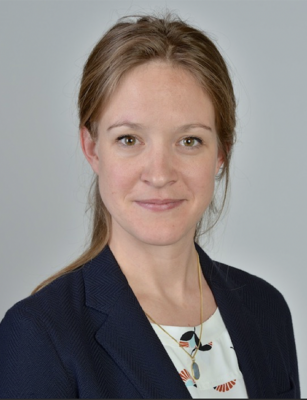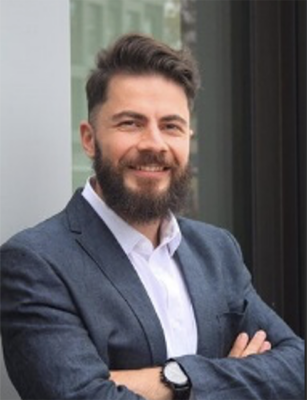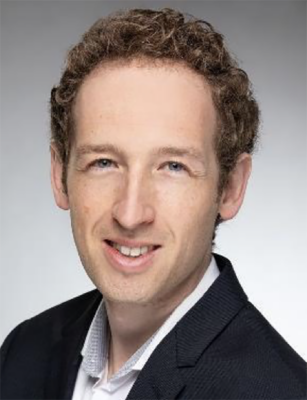We are proud to welcome our new members. Read on to learn about the research expertise they contribute to our community.
PD Dr. Lukas Imbach
Swiss Epilepsy Clinic, Klinik Lengg AG

My research concentrates on the development of new approaches in the field of diagnostics and treatment of epilepsy patients. I had the chance to contribute to the first implantation of anterior thalamic deep brain stimulation (DBS) in epilepsy in our center in 2012. Since then, I prospectively established adapted standardized protocols for pre- and post-operative clinical follow-up of epilepsy patients undergoing DBS and developed an epilepsy-specific intraoperative electrophysiological monitoring for DBS implantation. More
Dr. Jingjing Jiang, Junior Member
Department of Neonatology, USZ

Jingjing Jiang is specialized in near infrared tomography (NIROT) to investigate brain tissue oxygenation, which is a highly relevant parameter for functional brain study. She has developed various novel quantitative imaging methods for time domain (TD) NIROT based on single photon avalanche diode array. Her research interests are medical imaging methods, brain study and machine learning.
Dr. Tina Notter
Institute of Pharmacology and Toxicology, UZH

The main objective of my research is to define the role of astrocytes in postnatal synaptic refinement of the medial prefrontal cortex (mPFC) in order to determine whether abnormal astrocytic functions might contribute to lasting PFC-related functional and synaptic deficits pertaining to psychiatric disorders. We investigate whether astrocyte-dependent synaptic elimination is indispensable for the normal development of functional neuronal networks and behavior, such that alterations in astrocyte function during sensitive periods of PFC maturation cause lasting deficits in neuronal connectivity and behavior.
Prof. Judith Burkart
Department of Anthropology, UZH

We study marmoset monkeys as model organisms to better understand the origin of humans’ cognitive and psychological traits, using a diverse set of approaches including cognitive tests batteries, behavioral experiments probing their prosociality and other psychological traits, automated behavioral monitoring, acoustic analyses, endocrinology, and thermography as noninvasive measure of emotional arousal. More
Dr. Ruslan Rust, Junior Member
Institute for Regenerative Medicine, UZH

We will develop tools that allow for improved assessment of stroke therapies in mice. The use of non-invasive bioluminescence imaging to track transplanted cells within animals will allow the long-term monitoring in vivo, thereby reducing the numbers of animals used by approximately 80% and substantially minimising the animals’ distress.
Dr. Daniel Düring, Junior Member
Institute of Neuroinformatics, UZH & ETH

My research focuses on resolving the structural and molecular profile and dynamic changes of neural circuits underlying vocal learning in songbirds. Songbird vocal behavior is the prime model system for studying the neural mechanisms underlying human speech development. Birdsong research holds the potential to help us understand healthy vocal systems and design better treatments for speech and language disorders. I use state of the art techniques, with focus on examining the ultra structure of large, unsectioned volumes of the brain using expansion and light sheet microscopy (ExLSM), and viral vector targeting strategies. More
Dr. Basil Preisig
Department of Comparative Language Science, UZH

Selective attention plays a central role in speech processing. It enables us to filter out and thus understand the speech signal of our conversation partners even under difficult conditions (background noise, multiple speakers, echo, etc.). However, people with hearing loss and tinnitus show a significant decrease in speech comprehension under these conditions. The aim of our research is to improve the understanding of the neural basis of auditory attention control and to exploit this to overcome hearing impairment. More